64: שותפויות אקדמיות - איך גורמים לדור הבא של המשתמשים לאמץ את המוצר
האזינו דרך האפליקציה האהובה עליכם ולחצו "Follow" או "Subscribe"
קצת על הפרק:
בכל שנה לומדים במוסדות האקדמיים בארה״ב עשרים מיליון סטודנטים. מתוך אלו שמסיימים את הלימודים, שבעה מיליון מצטרפים בממוצע בכל שנה לשוק העבודה. האפשרות לחשוף שבעה מיליון איש לטכנולוגיות חדשות עוד לפני שהם מצטרפים לחברות שונות או פותחים עסק משלהם יכולה להוות הזדמנות מדהימה לסטארטאפים. ובאמת, באוגוסט 2018 הגענו להבנה שיש כאן הזדמנות לא ממומשת והחלטנו לנסות לחדור לטריטוריה הזו, שעבורנו הייתה חדשה לחלוטין.
ההחלטה הזו גרמה לנו לצאת מאזור הנוחות שלנו בשני מובנים: קודם כל, היינו צריכים להבין איך לחדור לשוק חדש, לא מאוד קונבנציונלי עבורנו, שדריסת הרגל שלנו בו הייתה אפסית. ומעבר לזה, עבודה מול סטודנטים היא השקעה לטווח ארוך: הבנו שאם נרצה לגרום להם לאמץ בעתיד את המוצר בחברות בהן יעבדו, נצטרך לספק להם אותו היום – בחינם. זה דבר שלא עשינו מעולם, מתוך הנחה שלכל מי שהשתמש במוצר שלנו עד כה יש את היכולת לשלם.
אז במה שונה יוזר משלם ראשון מיוזר לא-משלם ראשון? איזה שאלות צריך לשאול לפני שנכנסים לשוק חדש? איך גורמים לאנשים ׳להתאהב׳ במוצר ולהרגיש מחוייבים אליו בלי לשלם עליו? ואיך אפשר לבדל את עצמנו למול המון חברות אחרות שמנסות גם הן לחדור לאותו השוק?
השבוע מצטרף אלינו עמרי סיטנר, מנהל שותפויות אקדמיות במאנדיי.קום, ומספר לנו איך בקצת יותר משנה הוא העלה את מספר הסטודנטים הרשומים למערכת מארבעת אלפים לכמעט חמישים אלף. עמרי מסביר איך הופכים מוצר לא מוכר למותג ויראלי, למה חשוב לפגוש את השוק פנים מול פנים, ובאיזה כלים אפשר להשתמש, אם בכלל, כדי למדוד את רמת ההצלחה שלנו במעבר משימוש חינמי לשימוש בתשלום.
שתפו את הפודקאסט:
5 תובנות מרכזיות מהפרק:
הירשמו לאיזור האישי
צרו פרופיל אישי באתר ותוכלו להתחבר לאחרים ואחרות, לקבל תכנים מותאמים אישית, ולשמור את התכנים שהכי מעניינים אתכם.
הירשמו לאיזור האישי
צרו פרופיל אישי באתר ותוכלו להתחבר לאחרים ואחרות, לקבל תכנים מותאמים אישית, ולשמור את התכנים שהכי מעניינים אתכם.
Startup for Startup אישי
קבלו עדכונים על הנושאים שהכי מעניינים אתכם



שלי Startup for Startup
קבלו עדכון ישר למייל ברגע שיוצא תוכן חדש בנושא.
עוד תוכן בנושא:

פודקאסט
28 דק'
07/2025
פרודקטיבי 38: איך עושים גרות׳ למוצר שלנו? (שיר ירקוני, מאנדיי)
איך ניגשים לעשות גרות׳ במוצר קיים, איך משלבים בין דאטה למחקר ומשתמשים ואיך מעמיקים מעבר למה שהמשתמשי אומרים לנו כדי לייצר הזדמנויות במוצר שלנו

פודקאסט
28 דק'
06/2025
פרודקטיבי 37: איך עושים רי-דיסקאברי לעולם הבעיה? (ליאור סאסי, Lightricks)
מה קורה כשמוצר שהגיע ל-Product-Market Fit פתאום מאבד רלוונטיות בגלל שינוי תרבותי עמוק? בפרק השבוע, רן ארז מארח את ליאור סאסי, מנהלת מוצר בחברת Lightricks, לשיחה מעמיקה על אחד האתגרים הכי מעניינים בעולמות ה-AI והקריאייטיב.

פודקאסט
28 דק'
06/2025
״על הספה״ - עם יזמת ששמעה 100 פעמים ״לא״ לפני הכסף הראשון
רומי גובס, מייסדת ומנכ״לית Sensi.Ai, מספרת על הדרך שעברה מיזמת שלא מצליחה להביא את עצמה בצורה הטובה ביותר מול משקיעים לגיוס של עשרות מיליוני דולרים והובלת עשרות עובדים.
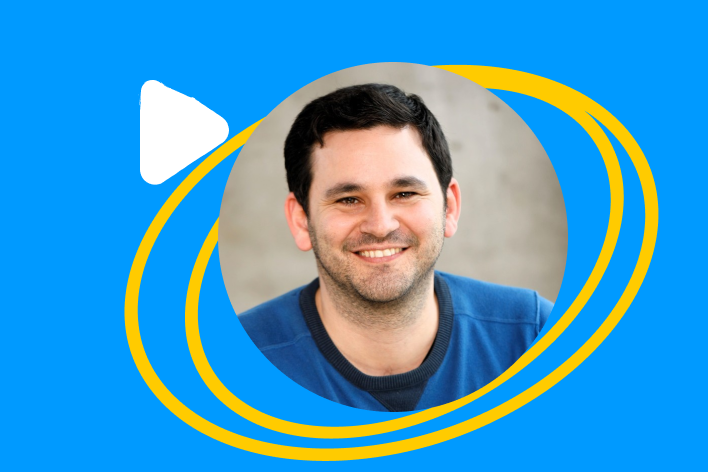
פודקאסט
36 דק'
06/2025
305: אתגרים בסגירת סטארטאפ, ותובנות שאספנו בדרך
גבריאל עמרם, קו-פאונדר שסגר את החברה שלו אחרי 4 שנות פעילות, עשרות עובדים, והשקעות של יותר מ-13 מיליון דולר. הוא משתף ברגע שבו הבין שהגיע הזמן לעצור את החברה ואת החלום סביבה.
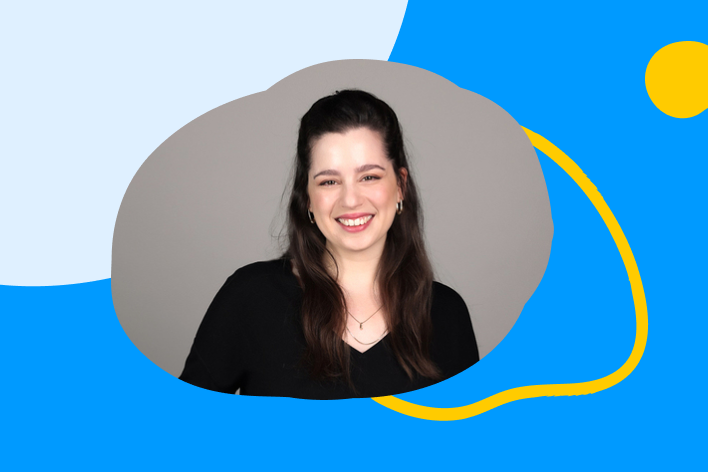
פודקאסט
27 דק'
05/2025
פרודקטיבי 36: האם הפיצ׳ר המנצח שלנו באמת מנצח?
איך ניגשים לשיפור פיצ'ר קיים עם עומק חדש? איך בודקים אם פיצ'ר באמת משפיע על מטריקות עסקיות? ולמה חשוב דווקא להסתכל על יוזרים שלא מצליחים?
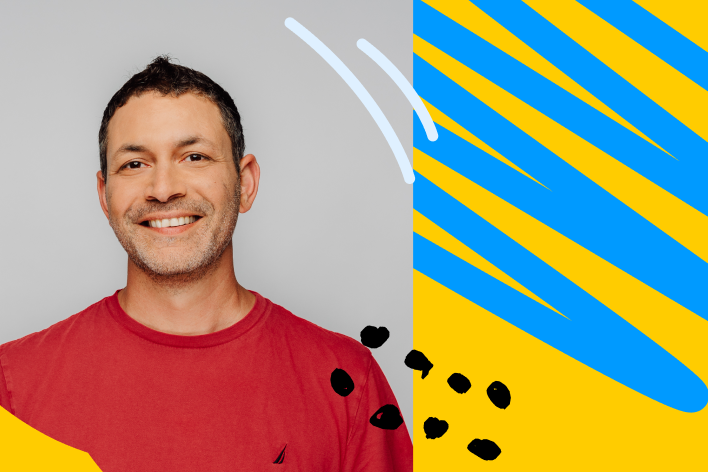
פודקאסט
33 דק'
05/2025
הכל על PLG ו-SLG: איך אסטרטגיית הצמיחה שלנו משפיעה על המרקטינג?
רועי מן Co-CEO ומייסד מאנדיי מדבר על האופן שבו איך משתנה המרקטינג בחברה שצומחת דרך המוצר (PLG), כשמוסיפים מנוע צמיחה שמונע דרך מכירות (SLG). האזינו לפרק באתר

וידאו
38 דק'
05/2025
איך בונים סיפור שלם מאחורי הברנד שלנו
בפרק הזה נדבר על בניית סיפור שיווקי למוצר: איך יוצרים מסר שמבוסס על ערך, רגש וכאב אמיתי והופכים אותו לקמפיין שאי אפשר לשכוח.
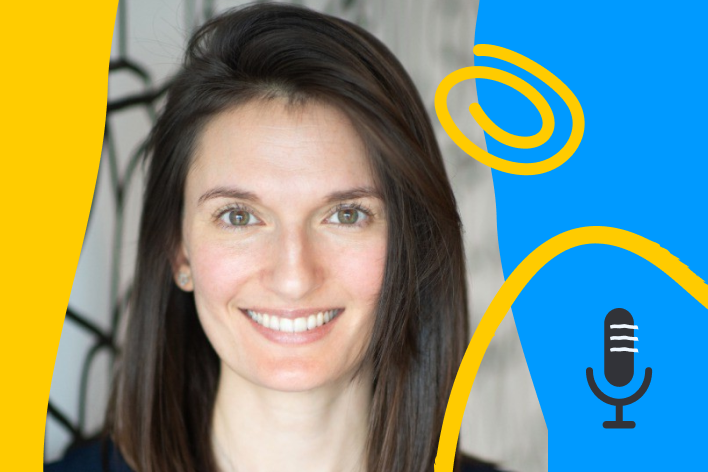
פודקאסט
35 דק'
05/2025
303: ארבעה סגנונות תקשורת בעבודה, ויצירת סביבה שמותר לטעות בה
איך אפשר להגיד בדיוק את אותו משפט ולקבל תגובה שונה לגמרי, רק כי הדרך שבה אמרנו אותו השתנתה? מה מניע את חברי הצוות שלנו בתקשורת איתנו, ואיך אנחנו משתקפים למי שעובד איתנו?
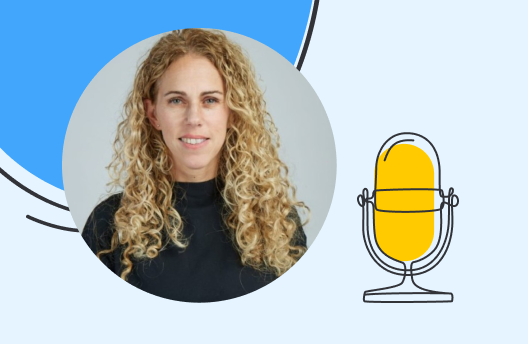
פודקאסט
26 דק'
05/2025
פרודקטיבי 35: איך צמצום נכון במוצר יוצר אימפקט גדול (ליאת פלד, פנגו)
איך מצמצמים פיצ’ר מורכב ל־MVP שנותן ערך אמיתי? ליאת פלד, VP Product בפנגו, משתפת בתהליך העבודה על MVP לפיצ’ר סריקת שלטי חניה. מהרעיון בהאקתון ועד מוצר מדויק שפותר בעיה אמיתית ביומיום של משתמשים בתל אביב.

פודקאסט
38 דק'
05/2025
איך בונים סיפור שלם מאחורי הברנד שלנו
שיחה שמפרקת שלב אחר שלב איך לבנות סיפור סביב מוצר, למה לא מספיק להגיד “המוצר שלנו הוא הכי טוב”, ואיך יוצרים מסר שגורם לאנשים להזדהות ולא רק ללחוץ על מודעה.
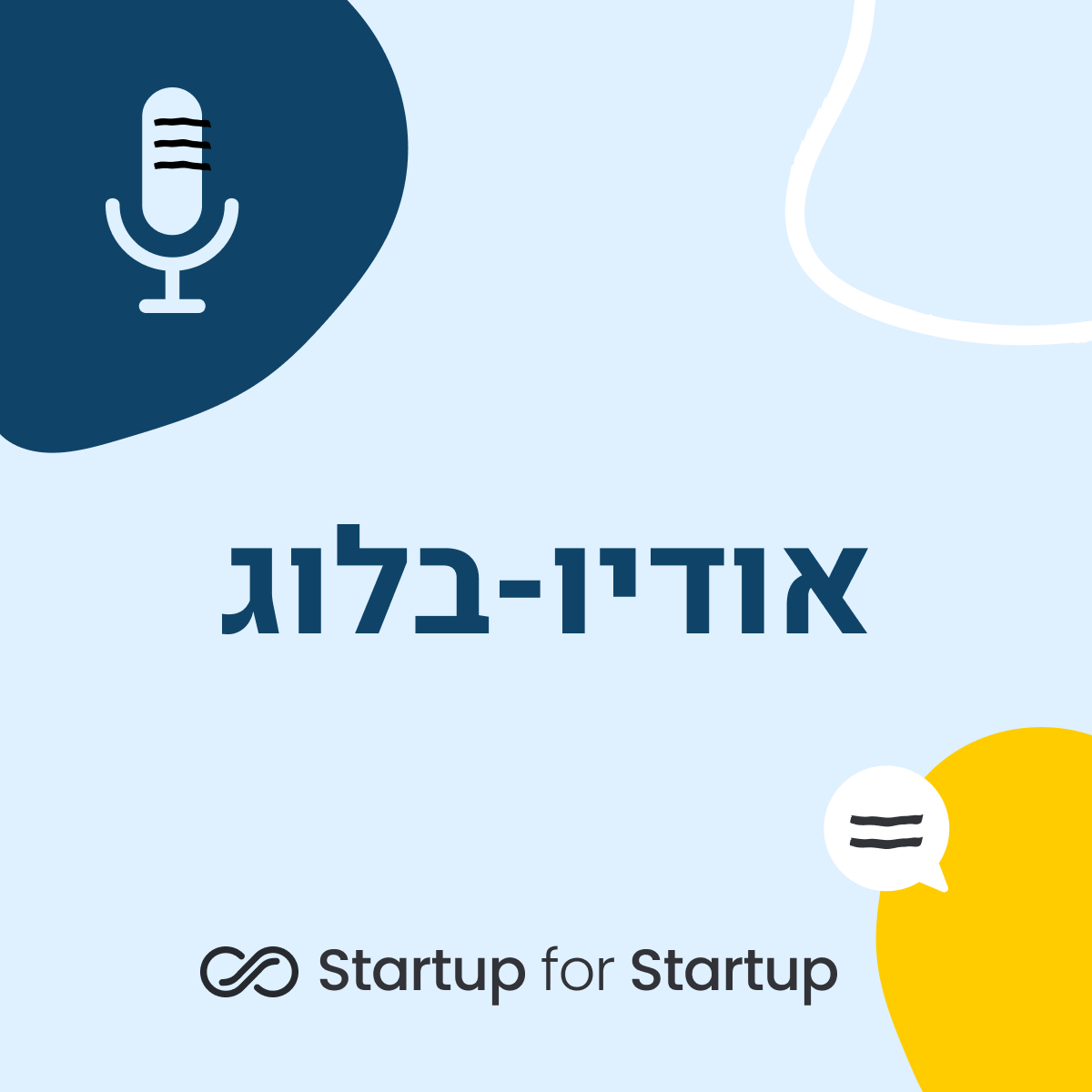
פודקאסט
7 דק'
04/2025
בקצרה - איך פונים למשקיעים (ואיך לא) בעזרת AI
תהליך גיוס ההון לסטארטאפים צעירים הוא מטבעו תהליך מורכב, תובעני, ולעיתים גם מתסכל. בעידן שבו כלי AI הופכים לחכמים ונגישים יותר, יזמים יכולים להיעזר בהם כדי לייעל את הפנייה למשקיעים, ממחקר שוק וניתוח פרסונות משקיעים, דרך כתיבת מצגות ומיילים מותאמים אישית, ועד סימולציה של שאלות מראיונות השקעה. אבל לצד כל ההזדמנויות, חשוב לזכור: משקיעים מזהים …
64: שותפויות אקדמיות – איך גורמים לדור הבא של המשתמשים לאמץ את המוצר לקריאה »
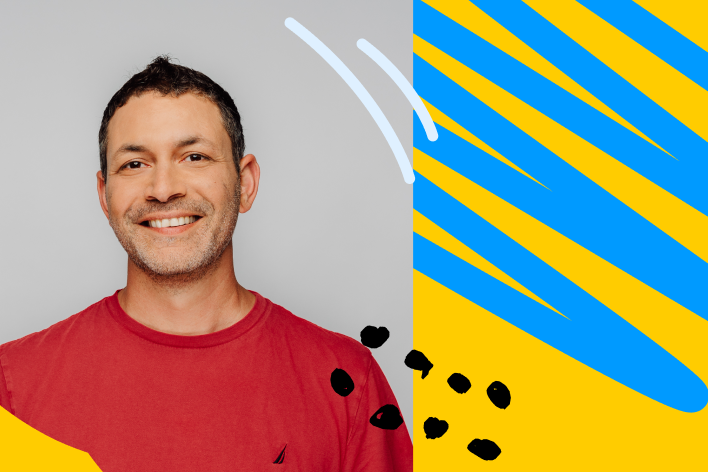
פודקאסט
40 דק'
04/2025
עקרונות בניהול - רועי מן, מנכ״ל מאנדיי (השמעה חוזרת)
איך יוצרים מנטליות בצוות של הגעה ליעדים? איזה כלים משמעותיים יש למנהל בתחילת הדרך? איך מנהל יכול למדוד את עצמו? בפרק השבוע אנחנו מביאים הקלטה של מפגש שערכנו עם רועי מן, שבו הוא סיפר על פרקטיקות שמלוות אותו עוד מתחילת הדרך, על העקרונות שמובילים אותנו במאנדיי סביב גיוס, קידום ופיטורים, וגם על איך אפשר למדוד את עצמנו בתור מנהלים.
הניוזלטר שלנו
הירשמו וקבלו עדכונים על פרקים חדשים, כתבות, אירועים ועוד הפתעות!
רוצים לקחת חלק בשיתוף ידע?
אם גם אתם רוצים להצטרף למשימה שלנו להעשיר את האקוסיסטם בידע ותובנות, אם אתם רוצים לשאול אותנו משהו, אם אתם מרגישים שיש משהו שעזר לכם וכולם צריכים לדעת, נשמח לשמוע.





Startup for Startup